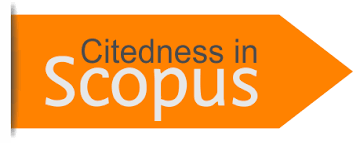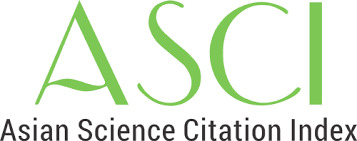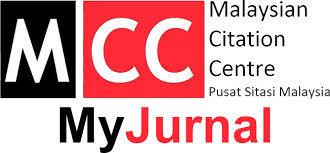Design of the Creativity Practice Framework for Teaching Engineering Drawing Teachers (CP-EDT) at SMT Malaysia: Exploratory Factor Analysis (EFA)
Keywords:
Creativity Practice Framework, Teaching Engineering Drawing Teachers, Exploratory Factor AnalysisAbstract
A creative teacher will automatically inspire students to be creative. Teachers' teaching creativity practices are the most important thing to enable students' concentration in the classroom as well as make ongoing teaching and learning more interesting and meaningful. Realizing the importance of creativity in teacher teaching, the study to identify the constructs, sub-constructs and elements of the Creativity Practice Framework for Teaching Engineering Drawing Teachers (CP-EDT) was conducted with the aim of developing a framework that can be used as a guide and reference by all teachers and related parties. To answer the question of the study related to the design of the CP-EDT framework, the researcher used EFA analysis to identify, reduce and arrange the elements into specific constructs as well as identify the ability of the elements to measure each construct based on the value of the factor weights, in addition to involving the Kaiser-Meyer-Olkin Test (KMO) and the Bartlett Sphericity Test. The findings of the study show that each element can represent a sub-construct and the measured construct is reliable and in accordance with the measurement model of this study. Furthermore, the KMO value has also been complied with and shows the adequacy of the sample involved and the variance and dimension values of a construct have also been complied with. The findings also show that the Designing TL construct consists of four sub-constructs followed by 20 elements. The Learning Guiding Construct consists of three sub-constructs and contains 15 elements. Meanwhile, there are three sub-constructs of Implementing TL which also contain 15 elements. Furthermore, there are three sub-constructs and 15 elements contained in the building of the Creative Community Building. Finally, the results show that 15 elements are contained in three sub-constructs for the Estimating construct. The findings of this study are very important to enable researchers to continue the development process of the CP-EDT framework. It is hoped that this study can create teachers' awareness of creativity and make it a practice in to increase the effectiveness of teaching optimally as well as produce creative, innovative and competitive human capital in line with the development of globalization today.















